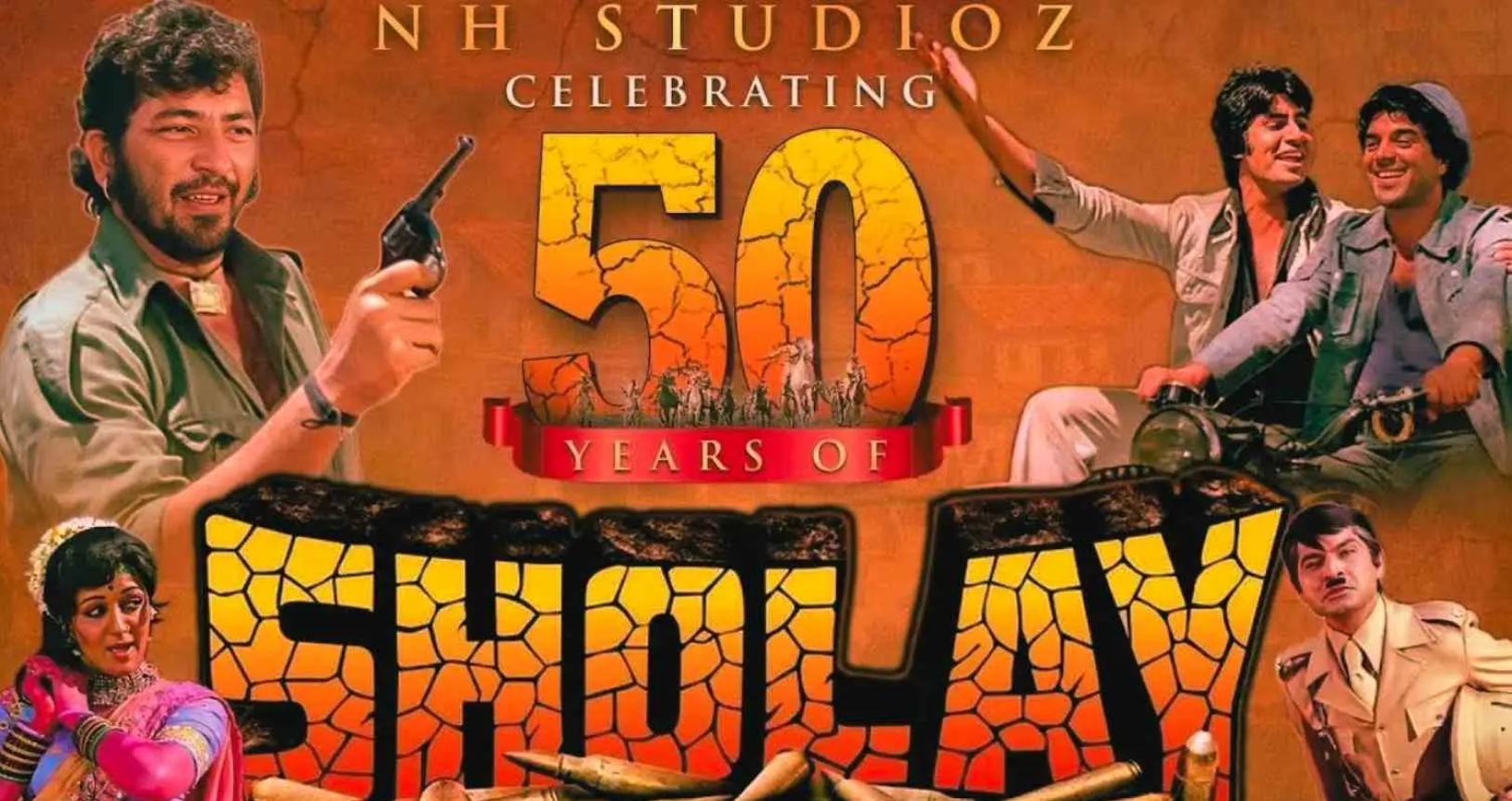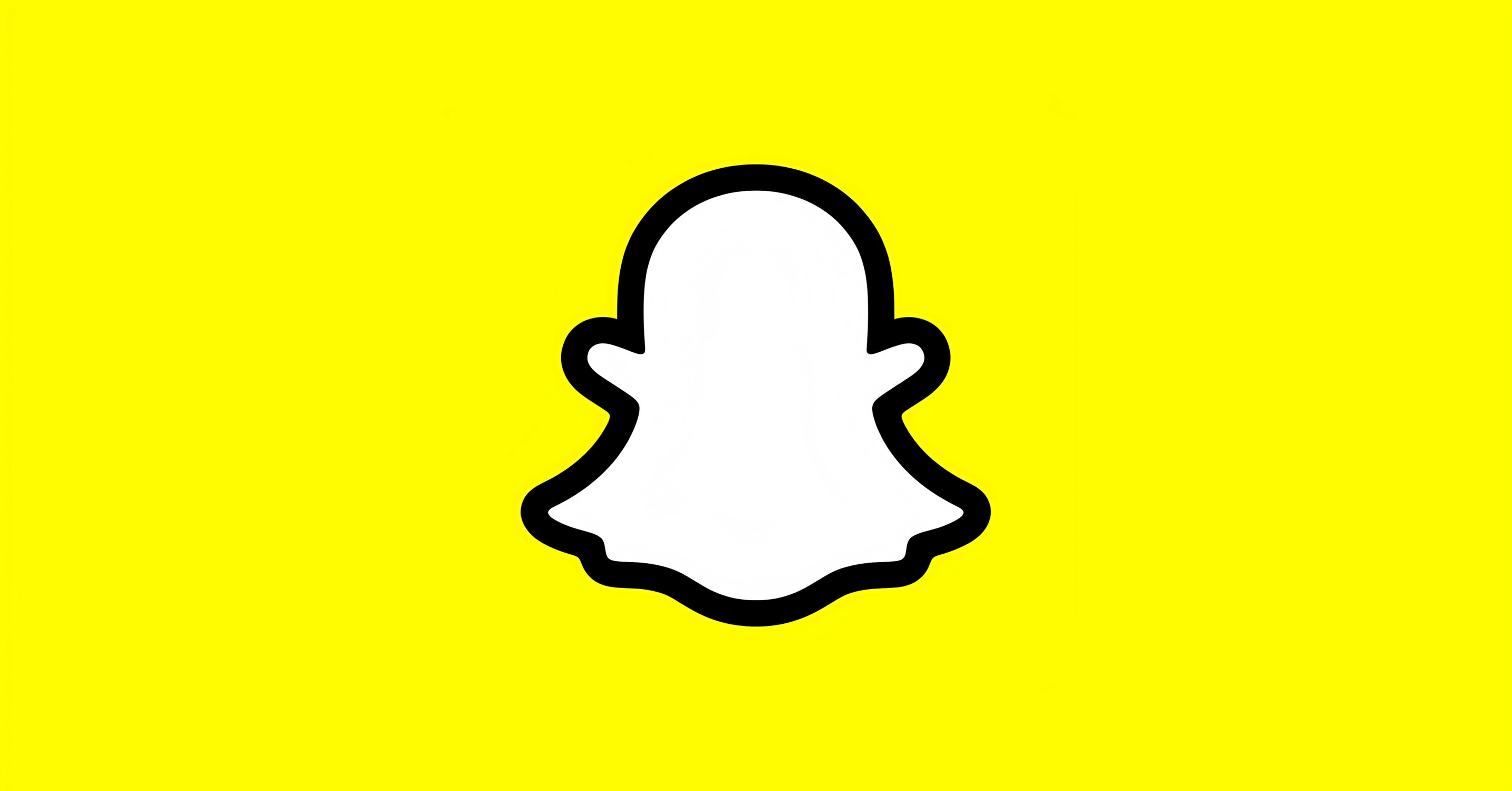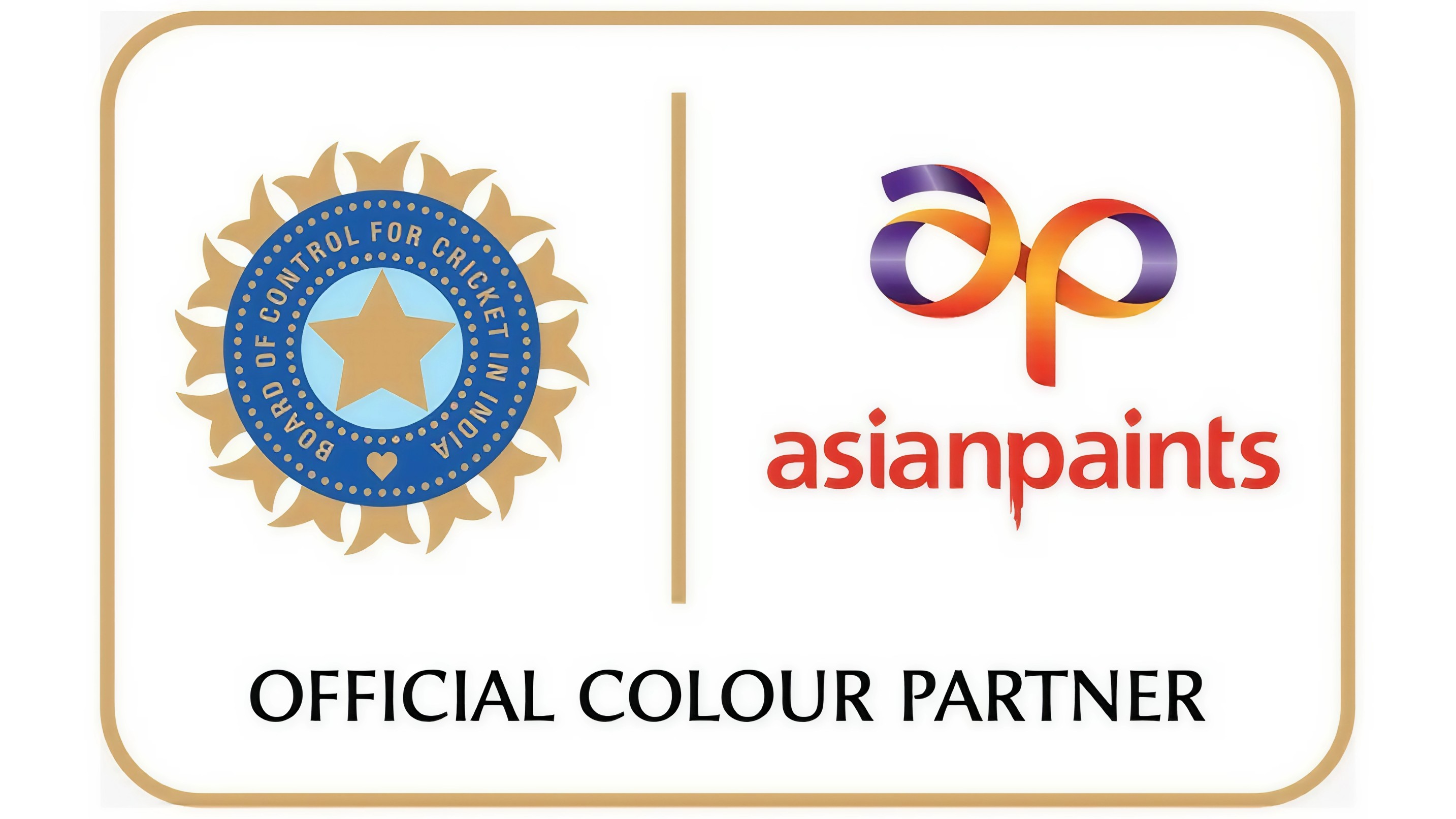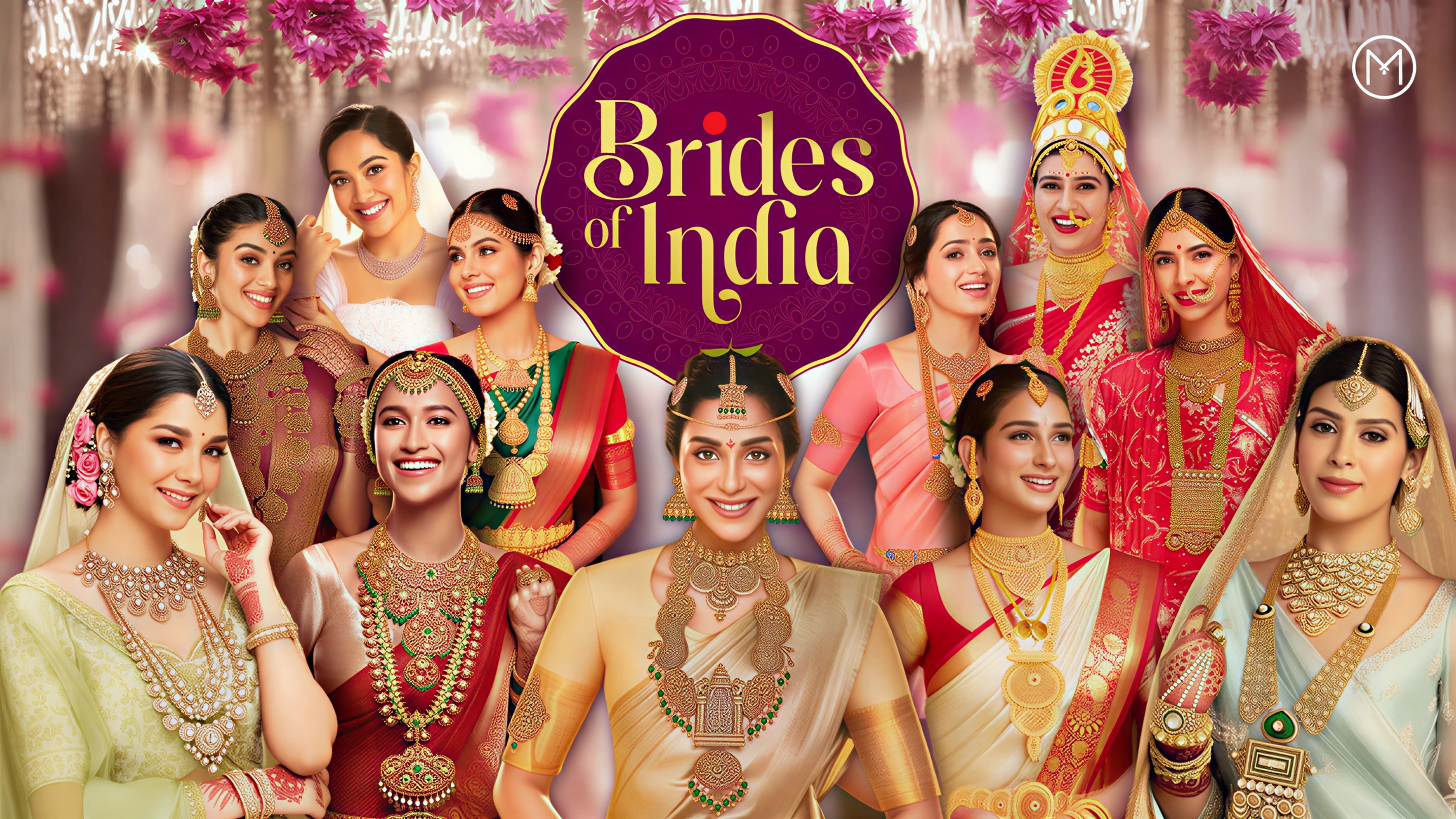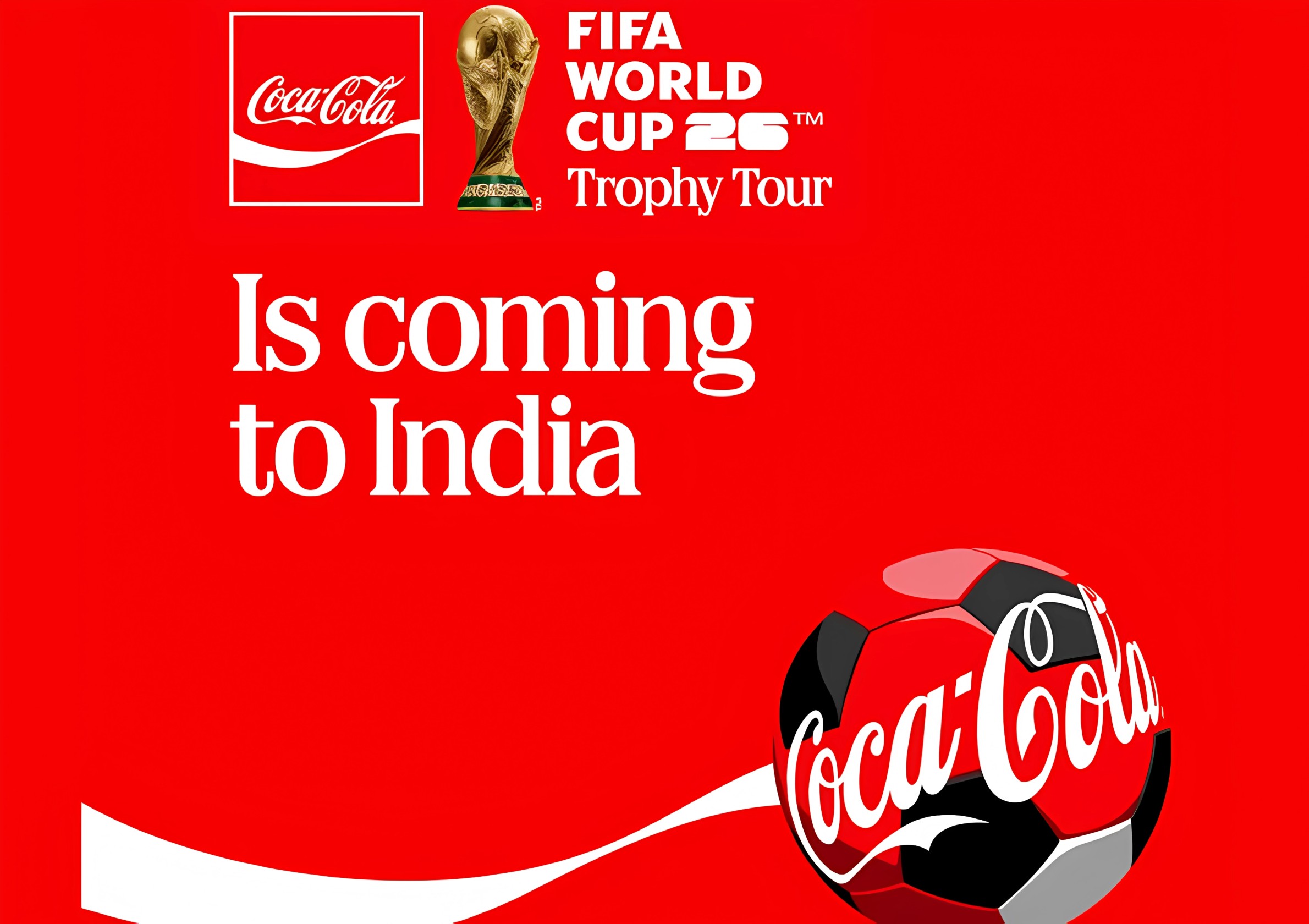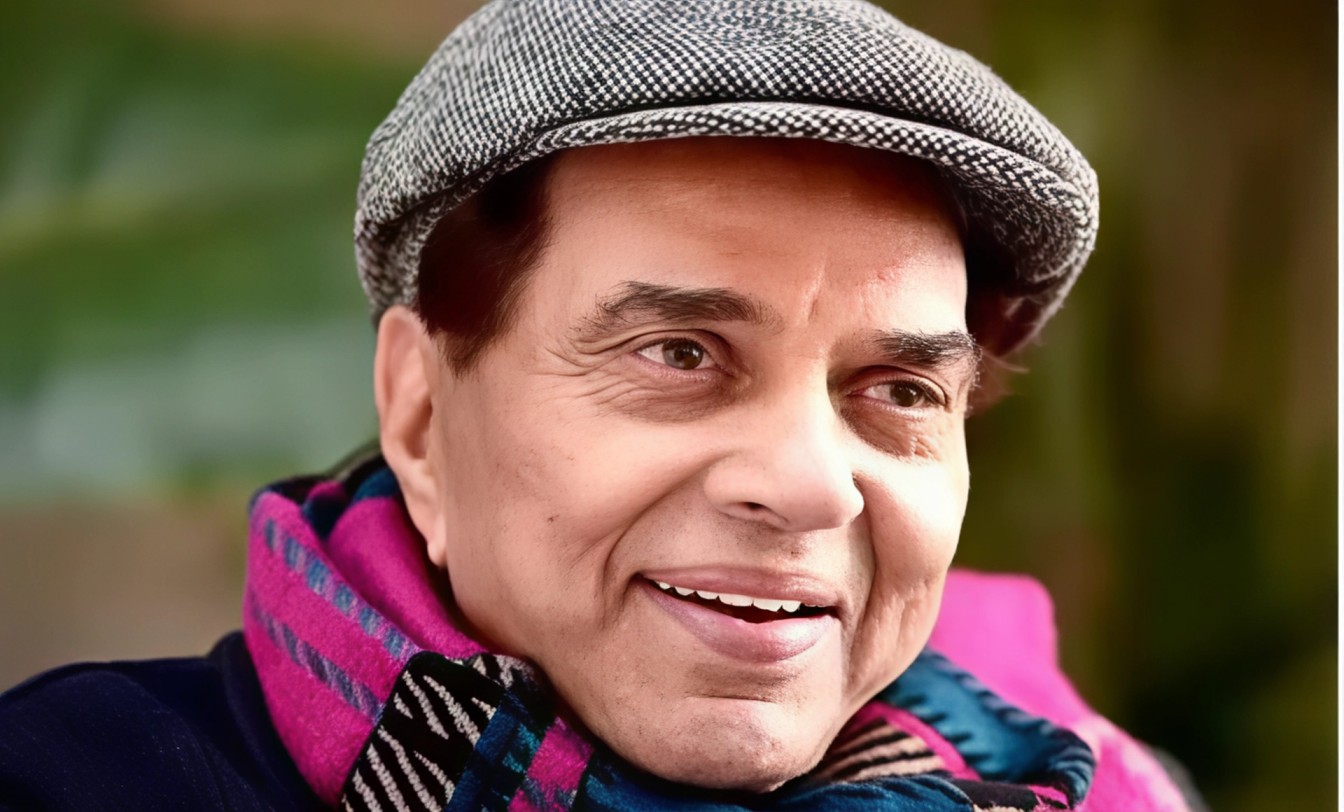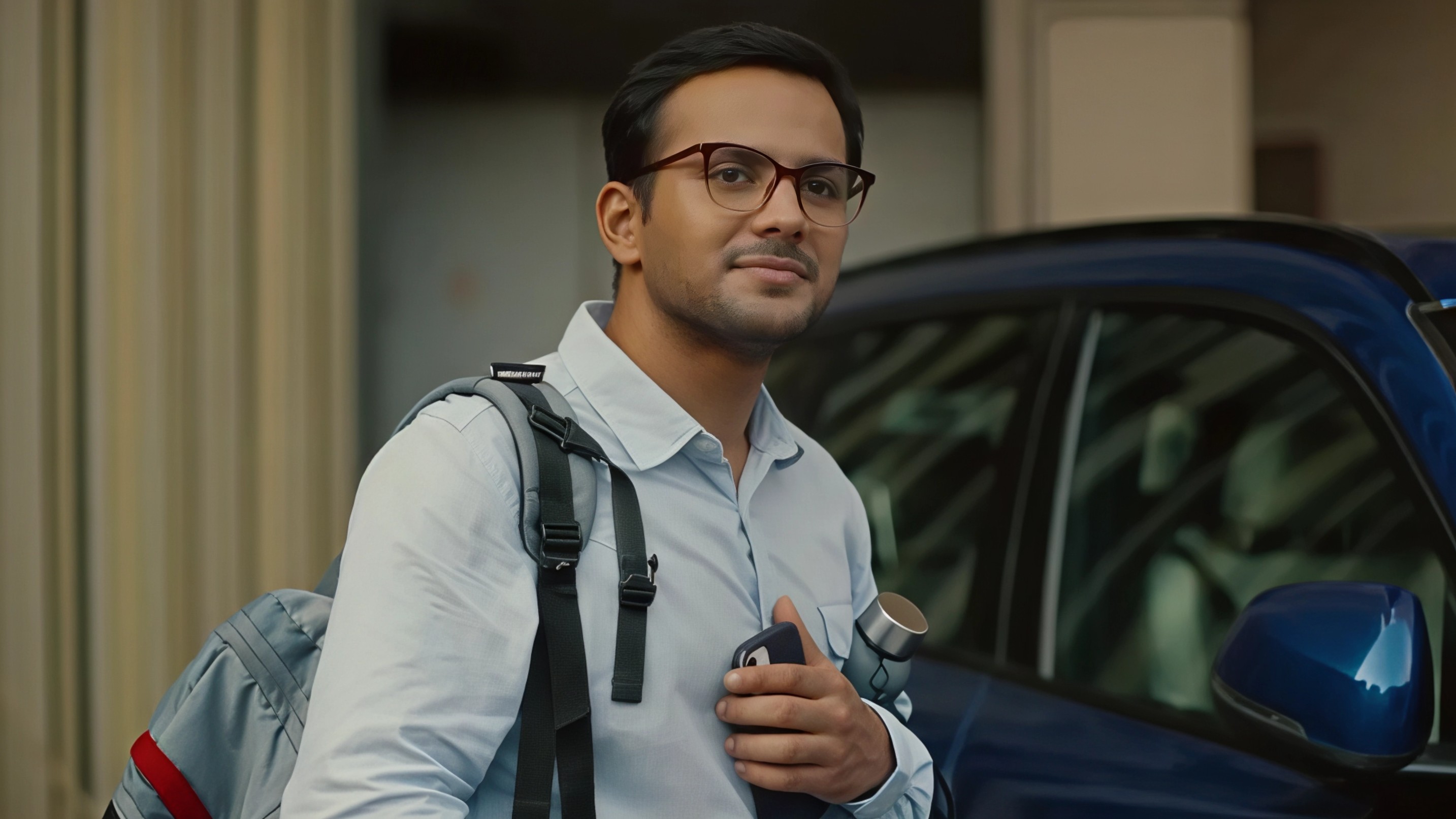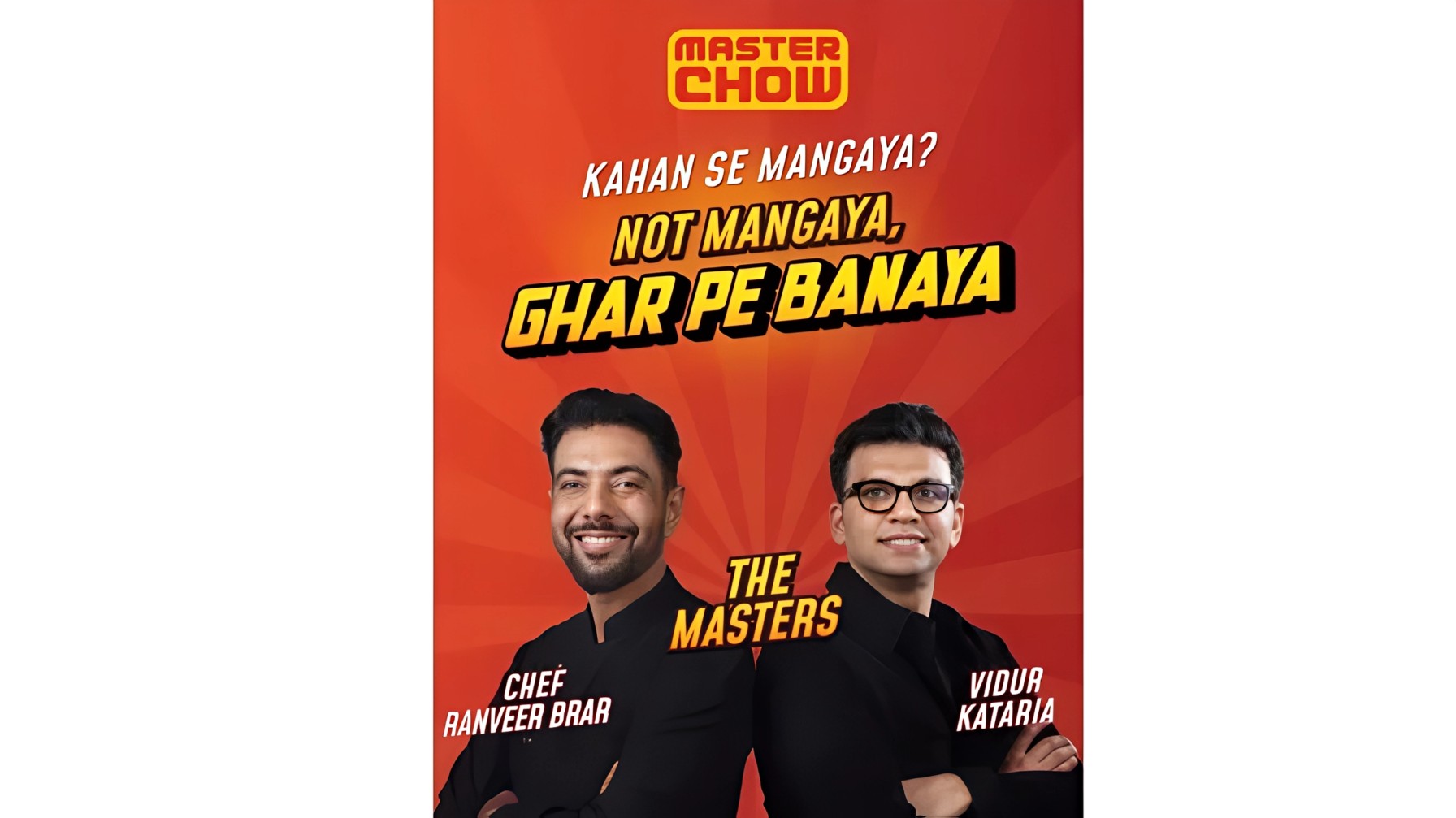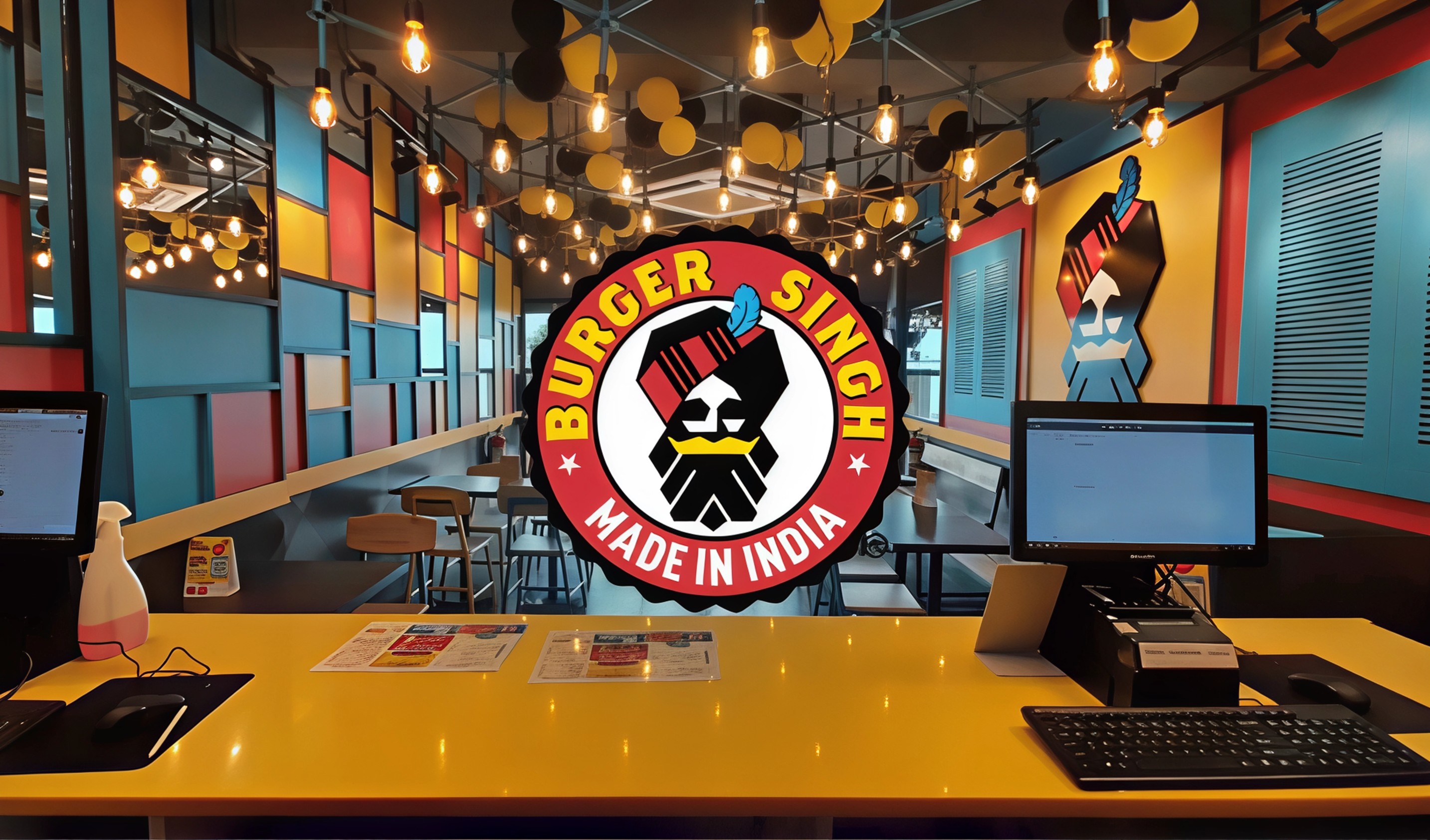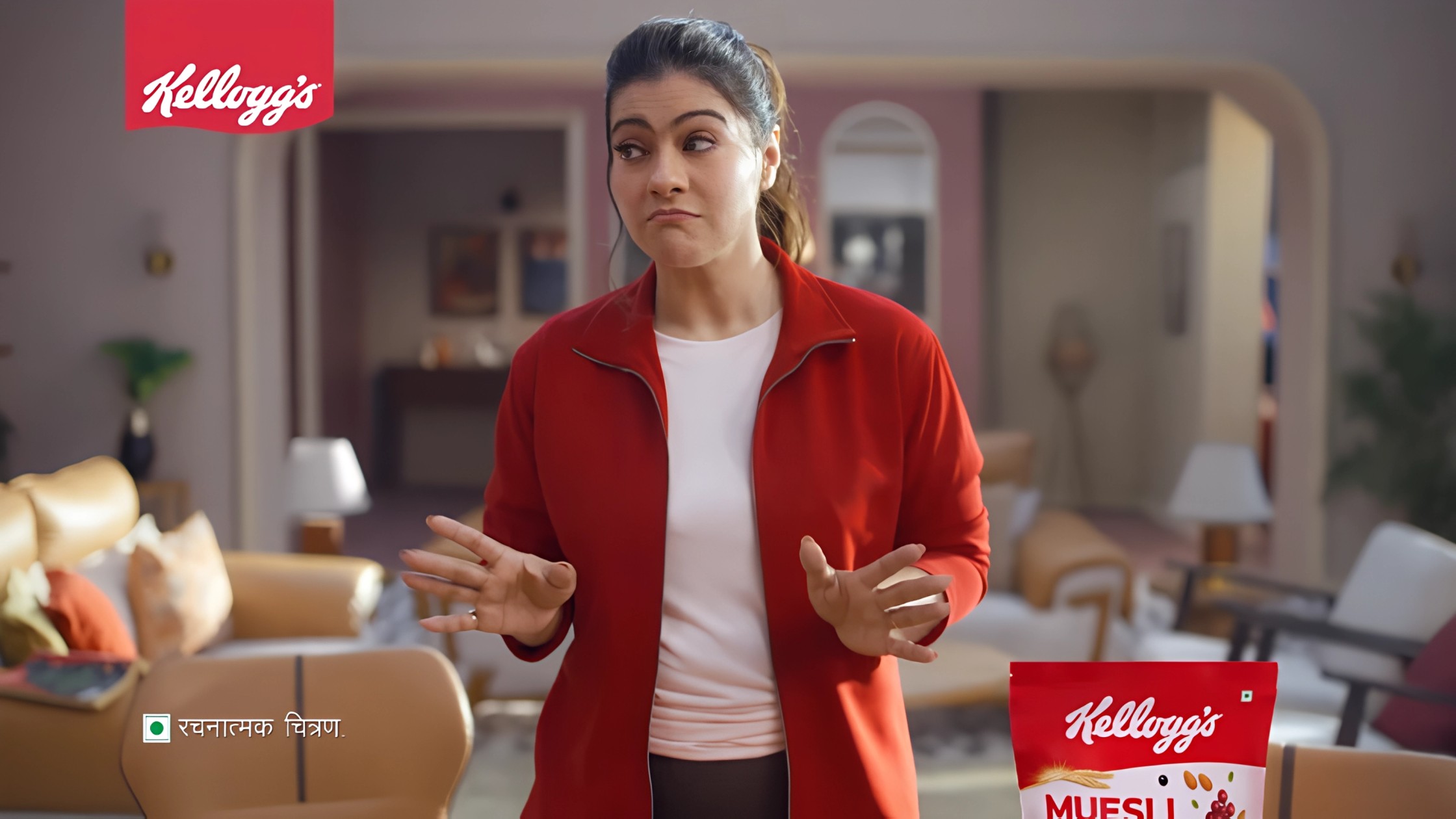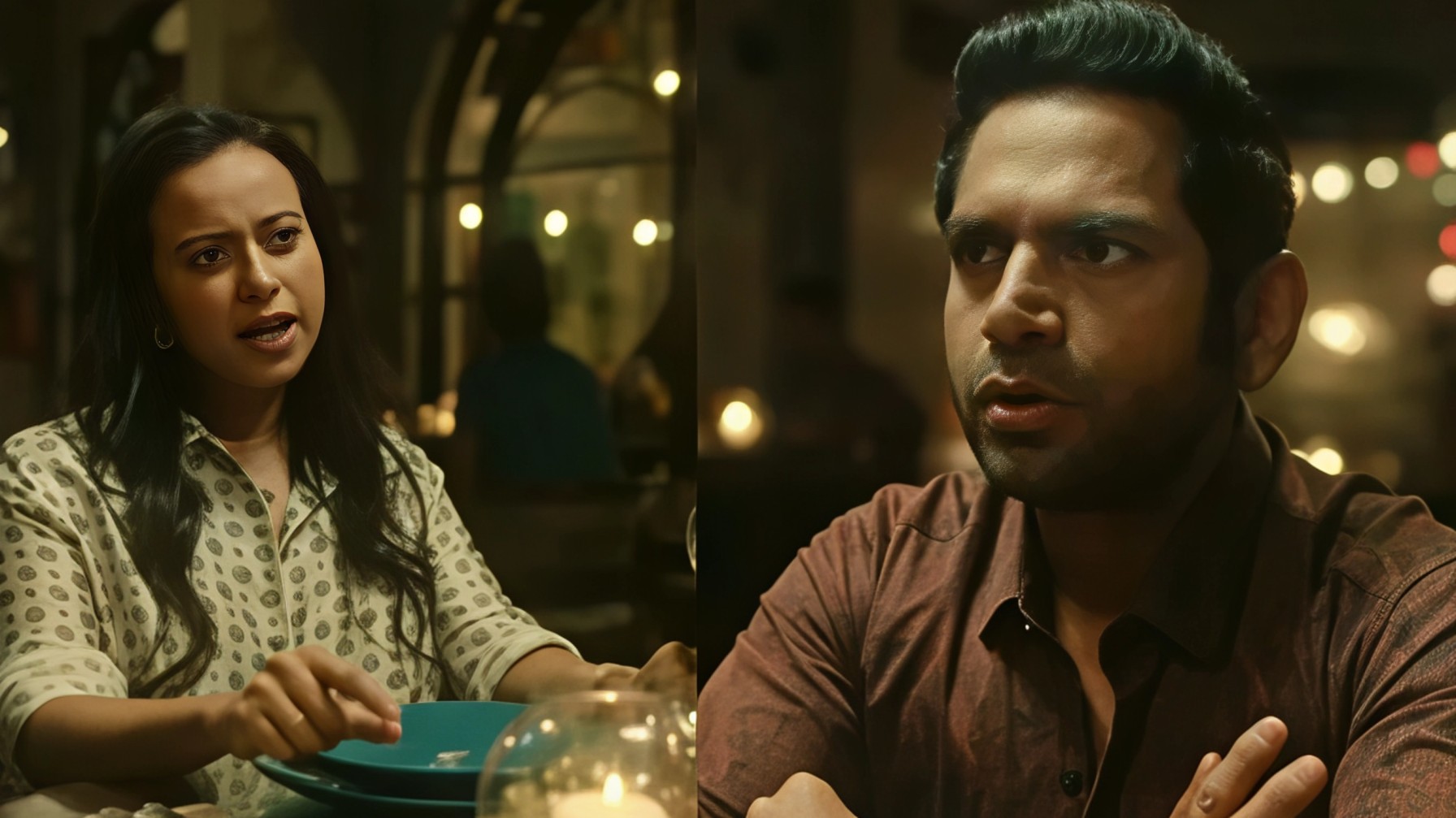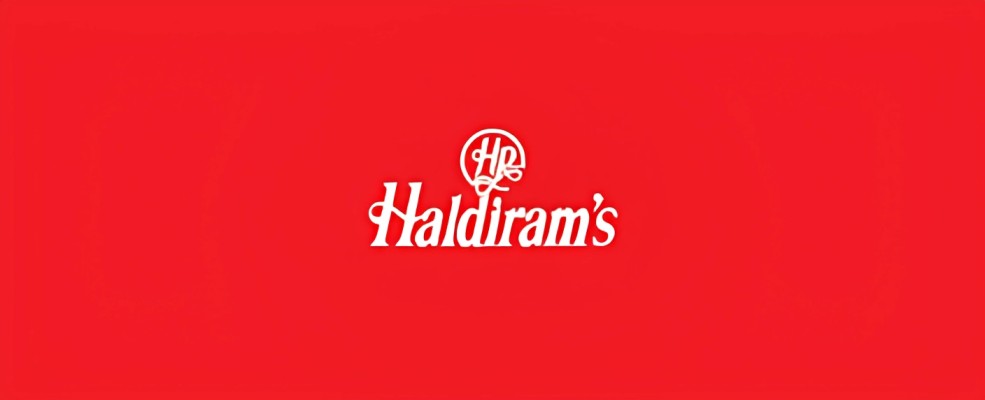When Sholay released on August 15, 1975, it was hailed as India’s first true curry western, a spectacle that forever altered the landscape of Hindi cinema. Half a century later, it continues to shape not only film history but also brand imagination. Unlike most movies that fade with time, Sholay has proved to be an inexhaustible resource for marketers, a cultural touchstone that still carries the power to captivate consumers.
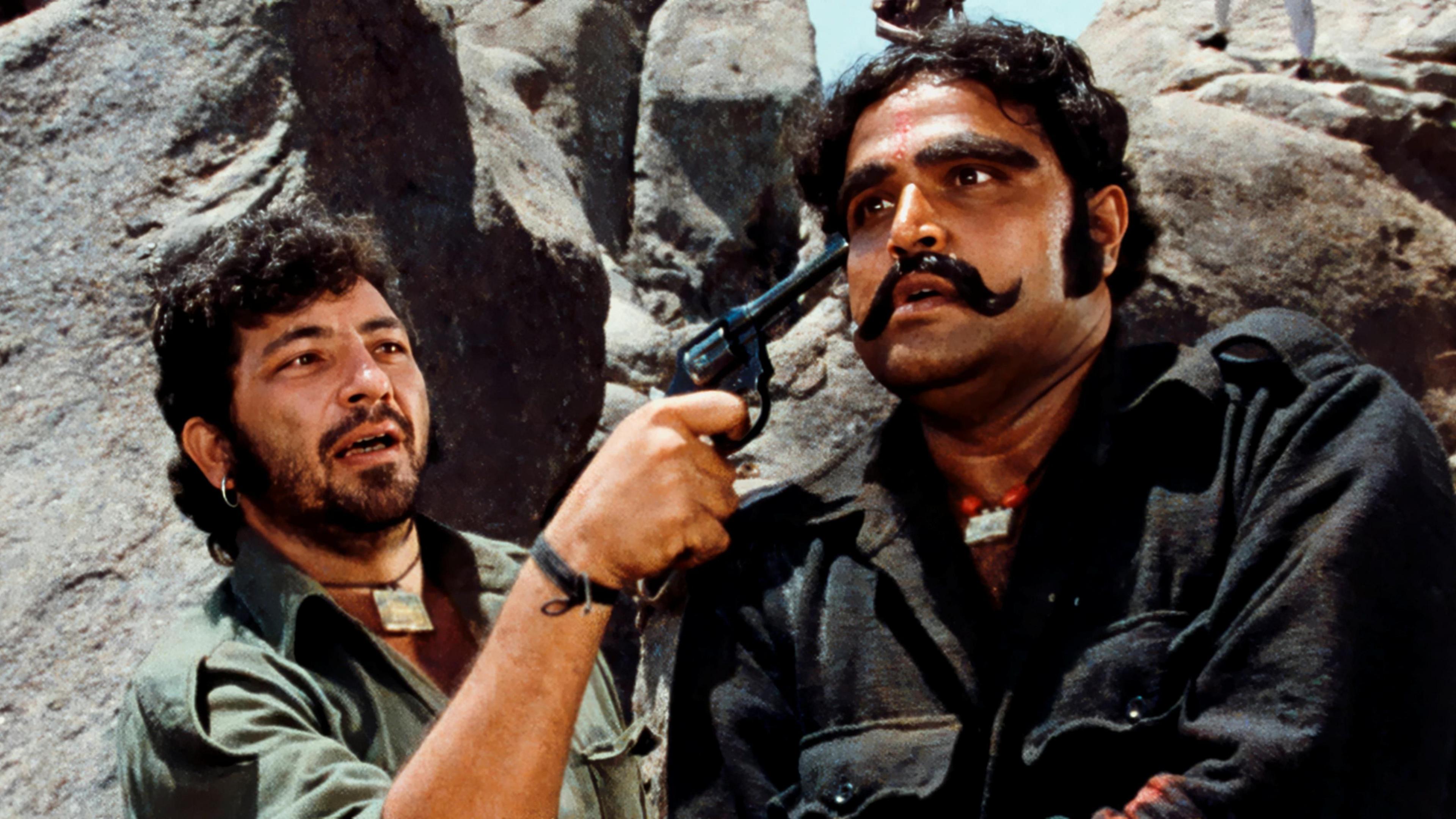
The magic lies in its dialogues, characters and imagery, which have been etched into the collective memory of generations. From biscuits in the 1970s to digital-first campaigns today, Sholay has become more than just entertainment. It has become brand IP that marketers revisit repeatedly, knowing that its recall is instant and universal.
The recent golden jubilee tribute by Amul is a perfect example. In its topical cartoon, Jai and Veeru ride their motorbike under the immortal line “Yeh dosti,” and the artwork needed no explanation. Across social media, the sketch spread like wildfire, proving once again that the bond of friendship in Sholay has never left the culture.
Other brands have tapped into the same reservoir of nostalgia with remarkable results. Coca-Cola once launched a limited edition “Basanti’s Orange” can that became a quick collector’s item, drawing on Hema Malini’s effervescent character to sell more than just a drink. Airtel created a user-generated campaign around Gabbar Singh’s legendary line “Kitne aadmi the,” inspiring thousands of reels, many from younger audiences who may never have even seen the film in full. Hyundai went further, creating an AI-powered filter that allowed users to virtually ride Jai and Veeru’s iconic motorbike. The result was not only entertainment but also a measurable rise in test drive bookings, showing that nostalgia can drive real consumer action.
ADVERTISEMENT
The connection between Sholay and brands is not new. As far back as the late 1970s, Britannia roped in Gabbar Singh to promote its glucose biscuits. It was an unusual pairing, a menacing villain selling a family snack, but it worked because the character’s menace had already transformed into magnetism. “Gabbar ki asli pasand” entered advertising history and cemented Sholay as fertile ground for marketers.
What makes Sholay such a timeless source of inspiration is its design. Salim-Javed’s script gave India dialogue that became cultural currency, instantly repeatable and adaptable. The characters were archetypes that brands could borrow to signify friendship, joy, or menace. The visuals, from Jai and Veeru’s bike ride to Thakur’s raised arms, became instantly recognizable icons. This reservoir of recall has been passed seamlessly from one generation to the next, thanks to every format from vinyl records and VHS tapes to streaming platforms and now short-form social clips.
The results are not just sentimental but also measurable. Limited edition packs sell out, digital campaigns generate thousands of reels, and interactive filters lead directly to customer leads. Sholay has consistently proven that cultural recall can translate into commercial value when paired with smart brand strategy.
ADVERTISEMENT
The lesson for marketers is clear. Nostalgia alone is never enough. The most successful campaigns do not simply borrow recognition but connect it to the truth of the product and give audiences something to do with it. Amul linked food to friendship, Hyundai tied motion to its cars, Coca-Cola offered a collectible and Airtel invited participation. The film supplied the hook, but the brands supplied the action.
At fifty years, Sholay is more than India’s most iconic film. It has become an eternal part of the nation’s marketing playbook, a cultural powerhouse that will continue to inspire campaigns for decades to come.
Follow Marketing Moves on Instagram and Facebook for more stories on how culture shapes branding and how timeless icons fuel new-age marketing.

